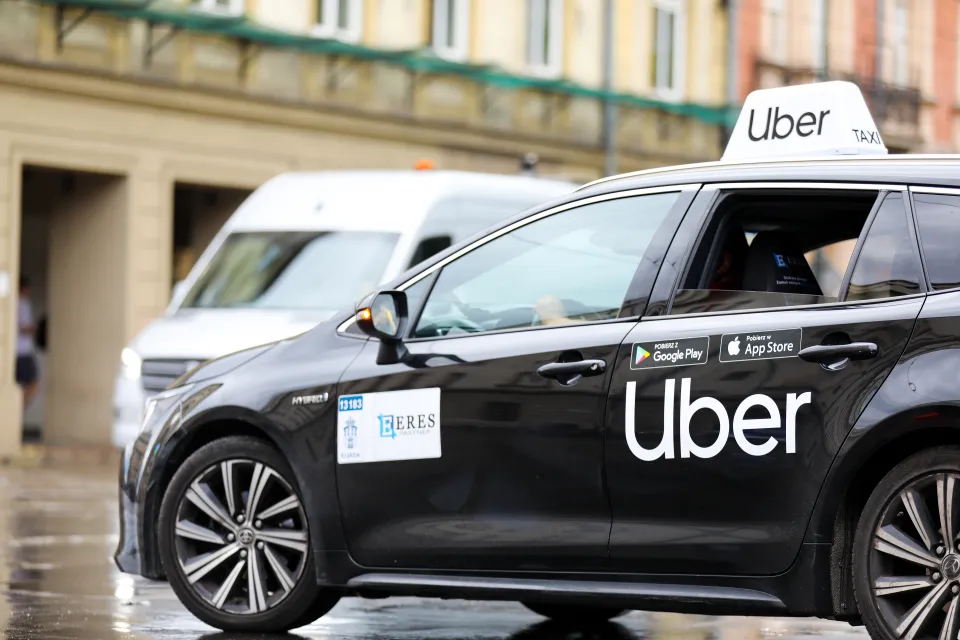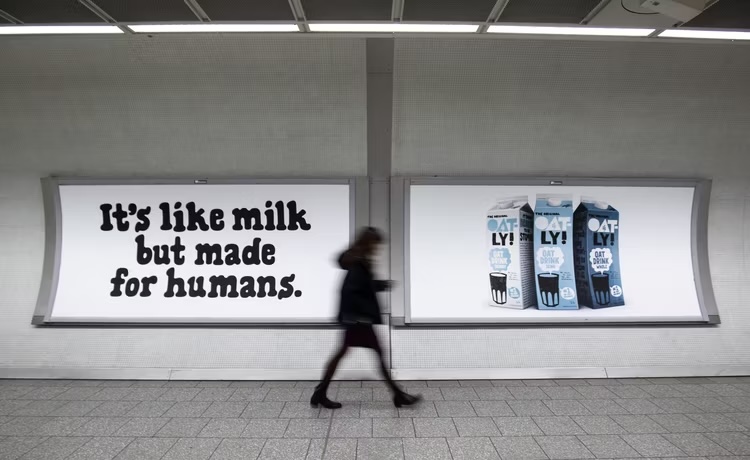When you solve problems, you create instant relevance.
Marketers are often told to “sell the benefits.” While benefits matter, there’s something even more powerful: solving problems. People rarely wake up thinking about features they’d like to try. They wake up with frustrations they want gone.
From a behavioural science perspective, this is linked to loss aversion. Humans feel the pain of a problem more strongly than the joy of an equivalent gain. In other words, the drive to avoid a hassle or loss is often stronger than the motivation to seek out something new. That’s why uncovering pain points is one of the most effective ways to make your marketing relevant.
The different types of pain points.
Not all frustrations look the same. Understanding the type of problem your customer is facing helps you design the right solution – and message it clearly.
1. Functional pain points
These are practical, task-related frustrations. Customers want things to be quicker, easier, or more efficient. Example: Amazon’s 1-Click Ordering eliminated the hassle of repeatedly entering payment and delivery details, turning a common irritation into a competitive advantage.
2. Emotional pain points
These relate to how people feel – overlooked, excluded, or insecure. Example: Dove’s Real Beauty campaign was built on the emotional pain point that many women felt unrepresented in advertising. By addressing that feeling head-on, Dove created loyalty and cultural relevance.
3. Social pain points
Humans are social creatures, and many problems stem from status, belonging, or comparison. Example: Apple’s product launches tap into a social pain point: the desire for reassurance and status through ownership. Apple doesn’t just solve functional needs; it solves the social need to feel part of something aspirational.
How to spot customer pain points.
Identifying problems requires listening more than talking. Here are practical ways to find them:
- Customer reviews: Patterns in feedback highlight recurring frustrations.
- Social listening: Monitor online conversations to spot complaints, trends, or unmet needs.
- Surveys and interviews: Ask directly about challenges customers face in daily life, not just their product preferences.
- Customer service logs: Your frontline staff already know the issues customers raise most often – analyse that data.
The key is to look for the gap between what customers want and what they currently experience. That gap is your opportunity.
How to use pain points in campaigns.
Once you’ve identified the problems, the role of your campaign is to connect the dots between the frustration and the relief your brand can provide. The most effective approaches do three things:
Acknowledge the frustration – Show empathy by naming the problem clearly. When customers feel you understand their struggle, they’re more likely to trust what you say next.
Demonstrate how it’s addressed – Explain how your product, service, or approach helps remove the barrier. Keep the focus on the improvement it creates, not just the features.
Show the outcome – Paint a picture of what life looks like once the pain point is gone – whether that’s more time, less stress, or greater confidence.
This approach turns pain points into a powerful storytelling device. Instead of focusing only on what you sell, you’re showing customers the role you play in making their lives easier or better.
Uber – Solving the Frustrations of City Travel.
Before Uber, getting a taxi was often inconvenient. Customers faced three common pain points: difficulty finding a cab, uncertainty over cost, and frustration with waiting times. Uber addressed these pain points directly:
- Availability – Book a ride instantly through the app, with no need to wait on the street.
- Transparency – Clear, upfront pricing removed the anxiety of unexpected fares.
- Convenience – Real-time tracking showed exactly when the car would arrive, reducing uncertainty.
By tackling these functional frustrations head-on, Uber didn’t just launch a new product – it reshaped an entire industry. The lesson? When you remove real pain points, adoption spreads quickly because customers feel the improvement immediately.
Takeaway.
Customer complaints aren’t threats to avoid – they’re insight gold. Every frustration is a signal telling you what your audience values most. By identifying functional, emotional, and social pain points, you can design solutions that matter, frame campaigns that resonate, and build brands that people trust.
The next time you read a negative review or hear a customer gripe, don’t dismiss it. Ask yourself: What opportunity is hidden here?




